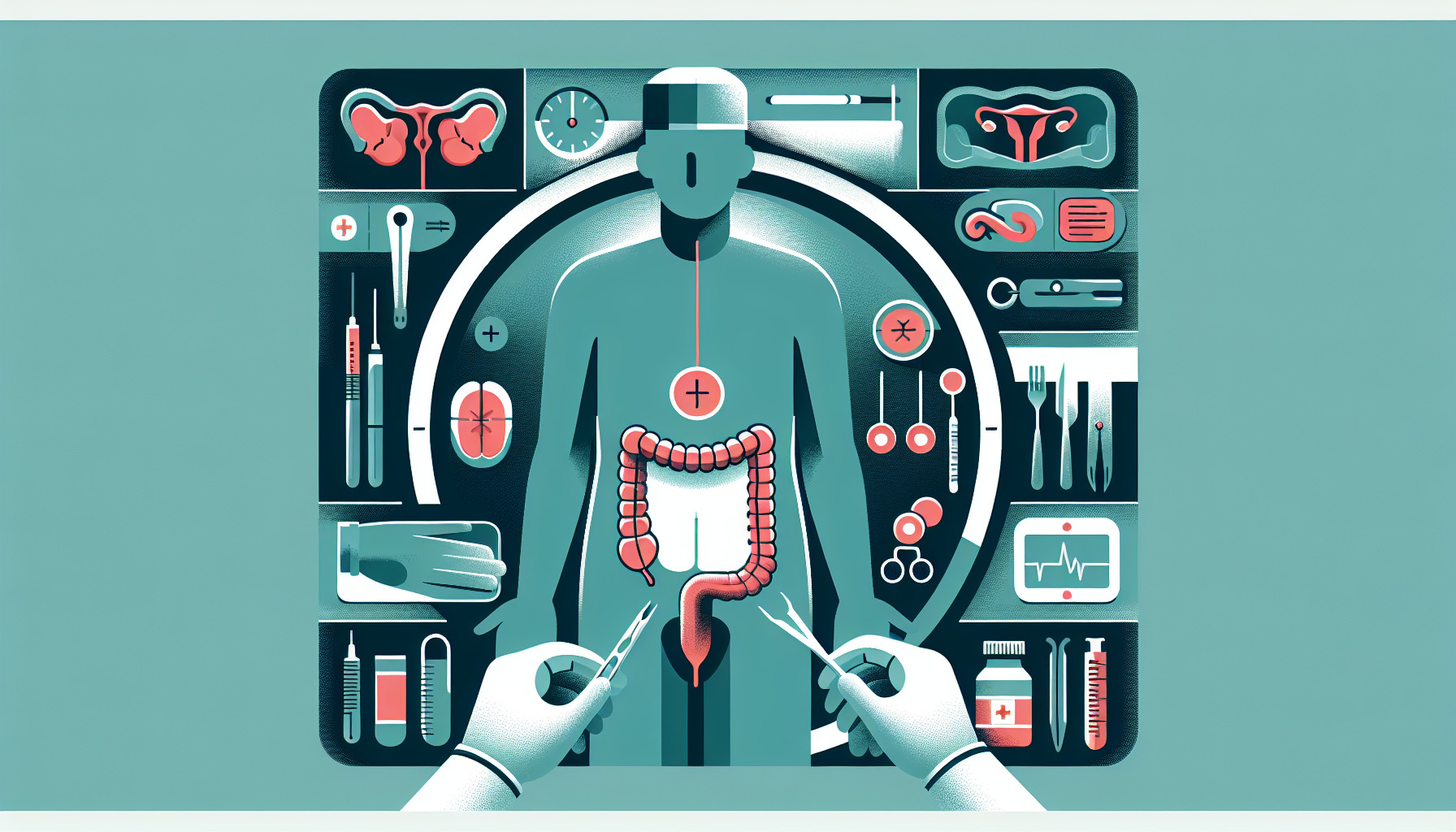Our Summary
This research paper is about a study that looked at a new way to manage pain after hemorrhoid surgery. Traditionally, painkillers are used but these can have side effects and might not always work well. The new method is called sacral erector spinae plane block (ESPB), which is a type of local anesthetic.
The researchers had 70 patients who were having hemorrhoid surgery. They split these patients into two groups. One group was given the sacral ESPB and the other group wasn’t given anything extra (this was the control group).
To see if the sacral ESPB worked, they looked at a few different things. First, they asked the patients to rate their pain. They found that the patients who were given the sacral ESPB had less pain.
Next, they looked at how many patients needed extra painkillers after their surgery. Less patients in the sacral ESPB group needed these extra painkillers.
They also looked at how much of the painkiller tramadol was used in the first 24 hours after surgery. They found that the sacral ESPB group used less tramadol.
Finally, they used a questionnaire to see how well the patients were recovering. The patients in the sacral ESPB group were recovering better.
So, the researchers concluded that the sacral ESPB is a good way to manage pain after hemorrhoid surgery. It reduces the need for extra painkillers and helps patients recover better.
FAQs
- What is the new method for managing pain after hemorrhoid surgery mentioned in the study?
- What benefits did the sacral erector spinae plane block (ESPB) have over traditional painkillers in the study?
- How did the researchers determine the effectiveness of the sacral ESPB in managing post-surgery pain?
Doctor’s Tip
A helpful tip a doctor might give a patient about hemorrhoidectomy is to ask about the possibility of receiving a sacral erector spinae plane block (ESPB) as a form of local anesthetic for pain management after surgery. This method has been shown to reduce pain, decrease the need for extra painkillers, and aid in a smoother recovery process. It’s important to discuss all available pain management options with your doctor to find the best approach for your individual needs.
Suitable For
Hemorrhoidectomy is typically recommended for patients who have severe hemorrhoids that do not respond to other treatments such as dietary changes, over-the-counter medications, or minimally invasive procedures. Patients with large, painful, or protruding hemorrhoids that cause significant discomfort or bleeding may be candidates for hemorrhoidectomy.
Additionally, patients with recurrent hemorrhoids that do not improve with conservative management may also be recommended for hemorrhoidectomy. Individuals with thrombosed external hemorrhoids, which are hemorrhoids that have developed blood clots and are extremely painful, may also require surgery for relief.
Overall, patients who are experiencing significant pain, discomfort, bleeding, or other symptoms that interfere with their quality of life due to hemorrhoids may be considered for hemorrhoidectomy. It is important for patients to discuss their symptoms and treatment options with a healthcare provider to determine the most appropriate course of action for their individual situation.
Timeline
Before the hemorrhoidectomy:
- Patient experiences symptoms of hemorrhoids such as pain, itching, bleeding, and discomfort.
- Patient seeks medical advice and is diagnosed with hemorrhoids.
- Patient undergoes conservative treatment such as dietary changes, topical creams, and sitz baths.
- If conservative treatment is not effective, patient may be recommended for hemorrhoidectomy surgery.
After the hemorrhoidectomy:
- Patient undergoes the hemorrhoidectomy surgery.
- Immediately after surgery, patient may experience pain, discomfort, and swelling in the anal area.
- Patient is given painkillers to manage post-operative pain.
- Patient is advised to follow post-operative care instructions such as keeping the anal area clean, avoiding heavy lifting, and taking stool softeners to prevent constipation.
- Patient may experience some bleeding and discharge from the surgical site.
- Patient follows up with the surgeon for post-operative check-ups.
- Patient gradually recovers from the surgery, with pain and symptoms improving over time.
- With the use of sacral ESPB for pain management, patient experiences less pain, requires less additional painkillers, and has a better recovery outcome.
What to Ask Your Doctor
Some questions a patient should ask their doctor about hemorrhoidectomy and the use of sacral erector spinae plane block (ESPB) for pain management include:
- What is a sacral erector spinae plane block (ESPB) and how does it work to manage pain after hemorrhoid surgery?
- What are the potential risks or side effects of using sacral ESPB for pain management?
- How long does the pain relief from sacral ESPB typically last after hemorrhoid surgery?
- Will I still need to take painkillers after surgery if I receive sacral ESPB?
- How will my recovery and overall experience differ if I receive sacral ESPB compared to traditional pain management methods?
- Are there any specific factors or conditions that would make me a good or poor candidate for sacral ESPB during hemorrhoid surgery?
- What is the cost associated with receiving sacral ESPB for pain management, and will my insurance cover this procedure?
- How experienced are you and your team with performing sacral ESPB for pain management during hemorrhoid surgery?
- Are there any alternative pain management options that I should consider or discuss with you before deciding on sacral ESPB?
- What should I expect in terms of pain levels, recovery time, and overall outcomes if I choose to receive sacral ESPB during my hemorrhoid surgery?
Reference
Authors: Mermer A, Simsek G, Mermer HA, Tire Y, Kozanhan B. Journal: Medicine (Baltimore). 2023 Sep 15;102(37):e35168. doi: 10.1097/MD.0000000000035168. PMID: 37713873
